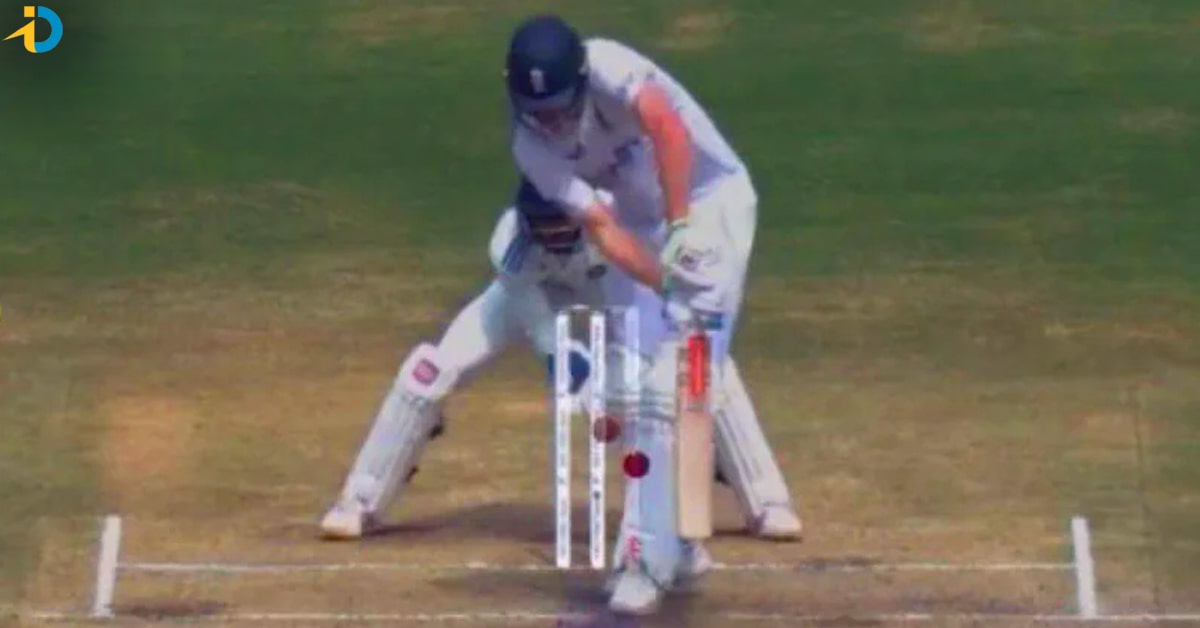Saikiran Uppuluri
Saikiran Uppuluri

A crucial moment involving England’s Zak Crawley sparked fresh debate around the use of DRS technology in the 2nd Test between India and England. Crawley was given out LBW to Kuldeep Yadav, a decision that appeared to puzzle even the batsman based on replays. But ball-tracking showed the ball hitting leg stump, to the incredulity of England’s captain Ben Stokes.
Stokes stated post-match that in his view, the technology had “gone wrong” in judging Crawley out. He suggested the replay evidence made it seem Crawley would’ve been not out per umpire’s call at best. While the captain stopped short of official protest, he voiced disagreement with how Crawley’s innings ended.
For India, the wicket led to a middle-order collapse from which England couldn’t recover. But the manner of Crawley’s dismissal raised reasonable doubts even off the field. It highlighted flaws in an imperfect system despite technology’s aim of eliminating human error.
The incident encapsulated the double-edged sword of DRS. Debates around interpretative margins of error will likely persist. But correct or not, the decision couldn’t be overturned once made, as Stokes acknowledged.
In a match of fine margins, Crawley’s wicket at a crucial juncture proved pivotal. Yet the exact correctness of the largest turning point remains in dispute. It exemplified the gray area where technology and interpretation collide. And the need for the human element to still temper definitive outcomes.